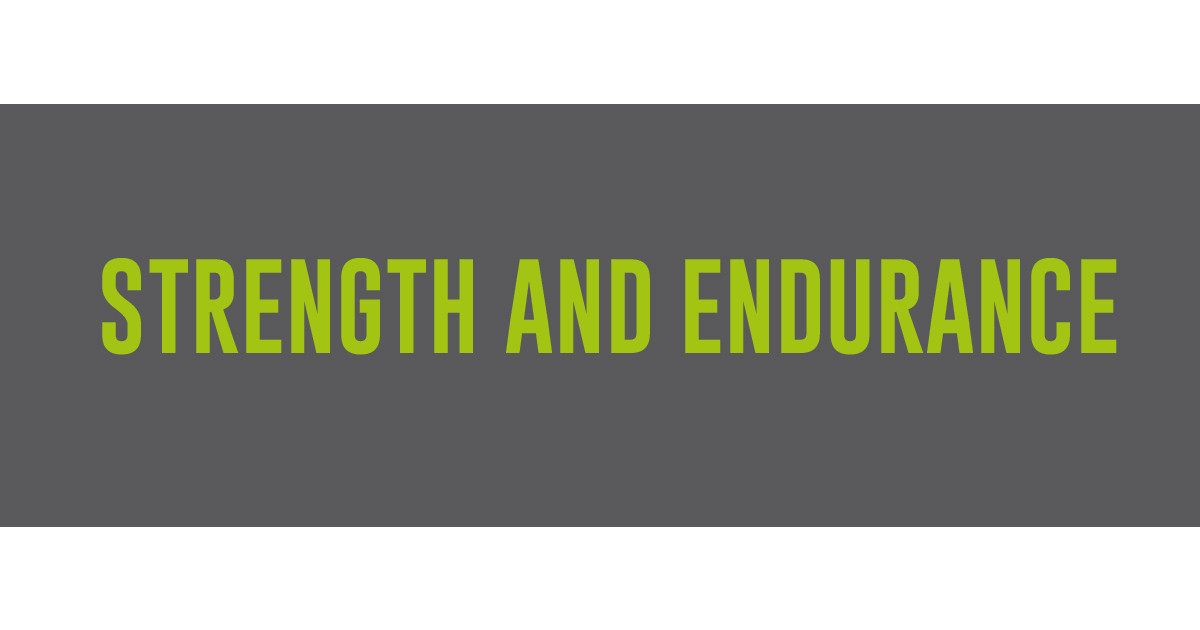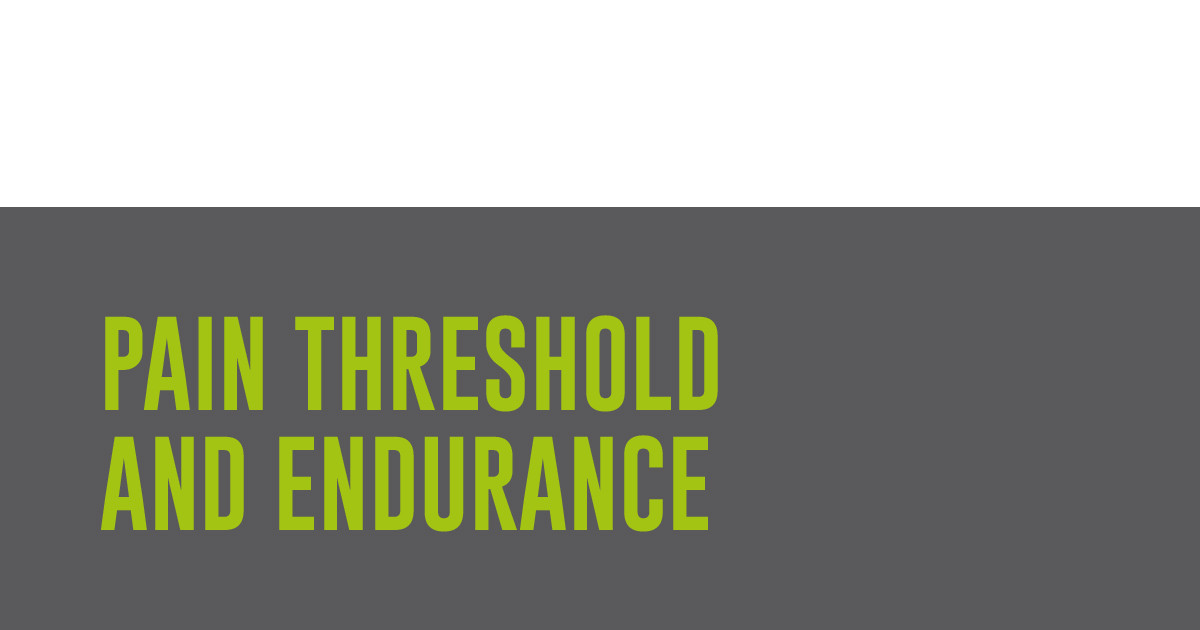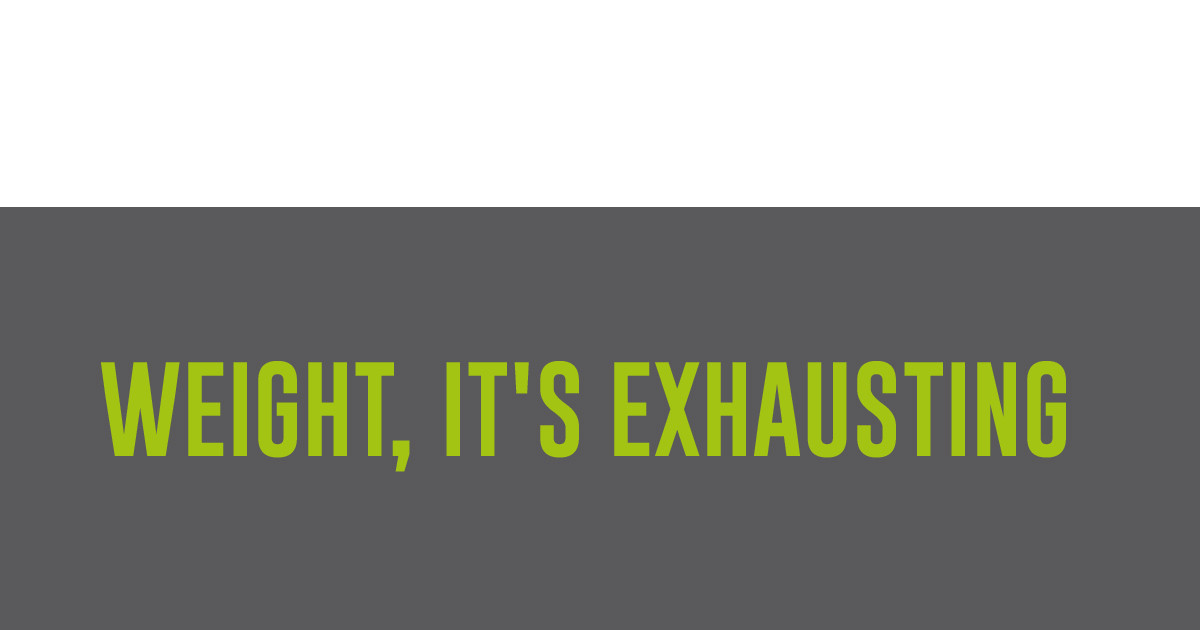The Power of Women

When it comes to the question of physical strength, there is a tendency to think that men are victorious -due to their large shoulders and big arms- without posing too many questions. However, the growing popularity of new mixed sports and the increase of comparative studies between the sexes regarding resistance, pain, and endurance could reverse this belief. Will we one day hear “My mom is stronger than your dad!” in schools?
WOMEN'S ADVANTAGES
The training exercises and competition fields in which women excel, according to recent data, are disciplines like ultra-marathons and athletics, which require greater general endurance. In these specific fields, women win competitions directly against men. In sports and training exercises where flexibility is key, women also have a marked advantage.
A study performed jointly by the Universities of Oregon and Guelph, in Ontario, discovered that women were also considerably less fatigued than men of the same age and aptitudes after a stress simulation was enforced on their muscles during endurance tests.
Having
greater muscular endurance can likewise be psychologically beneficial, for
example during very long sporting events.
And that's not all! Women also have a better capacity for recovery!

Considering equal physique (size, weight, age), there is little difference between men and women in their performances and strength, whether at the gym or during sports. When we speak of physical performance, we must consider that sports and training exercises don't all require the same type of abilities. Let's review the concepts of strength and endurance:
- Muscular strength is the ability to exert maximum strength over a short period of time. This is the muscle's capacity to contract in order to provide important tension.
- Muscular endurance is the capacity to repeat one movement over a long period of time. This is the muscle's resistance over a certain duration.
If you are interested in the types of trainings recommended for each person, we present this article:

Explosive power is performed
at the maximum strength that an individual can exert during the shortest time
interval. For example, plyometrics increases explosive power by using a variety
of jump exercises centered on speed and
the use of body weight.
This type of power is especially employed in ice hockey or football, in which the athletes perform at full intensity for short durations, followed by periods of rest. It is tempting to give the advantage to men, considering that on average, women have two-thirds the muscle mass of men. However, as we have said previously, at equal abilities and weight, the difference in performance is minimal.

We have all heard the expression “man flu.” Poor guys! But, if a simple cold knocks out a man, what would the difficult task of giving birth do to him? The strength of character and endurance that are necessary to get through child labor indeed leave us believing that women have a higher tolerance for pain.
There are few studies on the difference of pain threshold according to gender. One of the reasons for this is that it is difficult to measure “how much” pain a person can feel in comparison to another. Pain is subjective and varies in intensity from one person to the next, both physically and psychologically, according to their background, perception, and even humor. However, a study published in the National Health Institutes in 2012 by the University of Stanford, which gathered more than 11,000 medical records, discovered that women, on average, are slightly more susceptible to pain than men. This superior sensibility only gives more merit to the ability to withstand intense tasks, like child labor.

Here is another unsuspected
advantage of having less muscle mass:
Because men have more muscle mass and less body fat than women, they become tired much faster.
Having more body fat is an advantage for any exercise that requires endurance over a long period of time. During isometric tasks practiced at the same relative intensity, women have more resistance to fatigue than men.

Between women and men, there are differences in hormonal balances, fat percentage, and joint structures. Women have a more flexible lower back because the stress that results from bending takes place on three vertebra, as opposed to only two for men. Women's joints are generally bigger than those of men in zones that are crucial for flexibility. These differences exist because of hormones like estrogen, which is more present in women, and testosterone, more prevalent in men, which play a key role in determining initial muscle mass and fat percentage.
Estrogen reduces the ability of women to burn energy after eating, in contrast to testosterone, which helps burn fat. The suspected cause of these differences comes from evolution, during which women's bodies slowly (over millions of years) were adapted by natural selection, with certain indices pointing towards the fact that it's because they are the ones giving birth.
CONCLUSION
All individuals have different genetic and physical makeups. As evidence, the categories of weight in combat sports ensure that a heavy weight would never fight against a light weight, because the different makeups would render the fight completely unequal.
Genetic factors contribute to slight advantages for men as much for women, all depending on the activity. That being said, as long-distance athletics and mixed competitions are growing in popularity, women's superior endurance may enable them to be more victorious than past prejudices would have believed possible, even only a few years back.
Writing: Guillaume LeBlanc & Jocelyn Goyer
Photo: Marc Dussault
Athlete in Photo: Valérie Boileau
Sources
List of winners of the New York City Marathon
Relationship of cardiac size to maximal oxygen uptake and body size in men and women.
Sex differences in reported pain across 11,000 patients captured in electronic medical records.
Sex Differences and Mechanisms of Task-Specific Muscle Fatigue.
Physiologie appliquée, nutrition et métabolism.
Age and gender comparisons of muscle strength in 654 women and men aged 20–93 yr.


